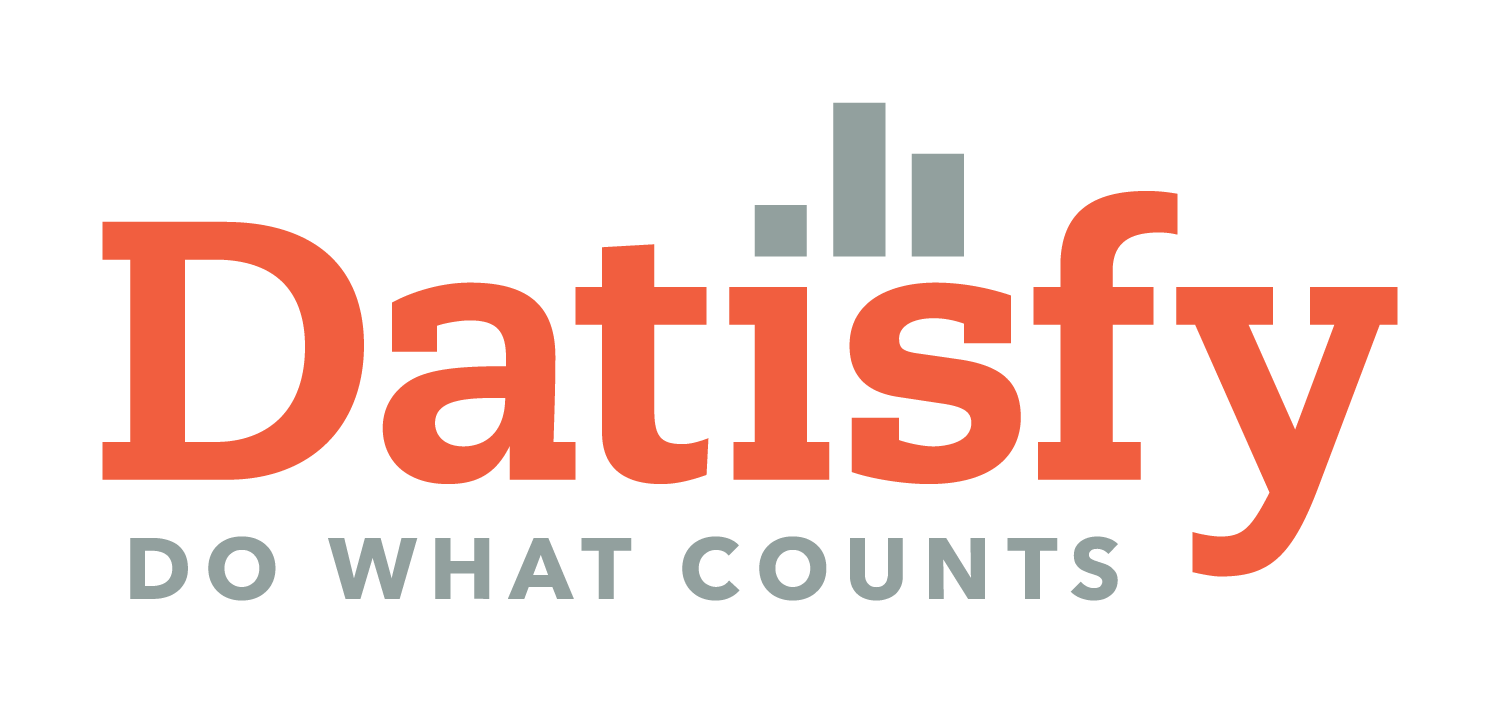
6 Reasons Dashboards Don’t Work – And What To Do About It
So You Think You Want A Dashboard?
I truly hope not. That is, I truly hope not if you think it won’t require significant effort on your part.
In case you’ve missed this concept over the past decade, a business intelligence dashboard is a data visualization tool that displays the current status of metrics and key performance indicators (KPIs) for an enterprise. Dashboards consolidate and arrange numbers, metrics and sometimes performance scorecards on a single screen.
What’s The Problem?
The problem is dashboards are surprisingly difficult to create. It’s not because we don’t have the technology. No – we can build them with our eyes closed. Dashboards are difficult to create for the following six reasons, five of which have everything to do with you.
- You don’t know what to measure in your enterprise.
- The point of a dashboard is to present up-to-date insight on meaningful business success metrics. The instant you see the display, you should know exactly what action to take to move the gauge in the desired direction. If you can’t act, your dashboard design has failed.
- Every role in your organization needs its own metrics.
- In any social group (e.g. business), individuals occupy and perform roles. Roles are made up of organized practices; a unit or set of organized reciprocal behaviors or acts.
- Since each role is different, you’ll need to measure different things – and have different dashboards.
- You are measuring the wrong thing.
- Measuring quotas and results provides you with less insight than you think. Instead, try measuring the actions you have pre-determined SHOULD produce those results.
- Your systems don’t – or can’t – capture those actions.
- Recognition and remuneration are not tied to taking the right activities – nor to keeping the data current.
- If your team members aren’t measured on taking actions and updating the data, you have nothing to measure BUT results after the fact. You won’t know what correction to put in.
- Thinking and planning are hard work, and you don’t want to do hard work.
- Even I find it challenging to sit and really focus in these days of distraction. But that’s what it takes to do good dashboard design. You can’t avoid it by hiring a consultant. They will just hound you until you sit down and answer their questions to draw out your goals.
Excellence Requires Effort!
A few years ago I was working on a project for a major US bank. The bank’s team got very excited when they heard that they could have a “dashboard” – a single view of multiple key performance metrics in graphical form. When I asked what they intended to measure – and what decisions and actions they needed to make based on these measures – the responded with “Well, we don’t know. Can’t you just give us the industry standard graphs?”
Well, uh, no.
Do you want to be “industry standard” or do you want excellence?
If you are willing to do some hard thinking, align your recognition practices, and confront your innate energy-conserving laziness, a dashboard might help your business. The tool you select to display your metrics is the least important and final decision in the process. But the endeavor, if done well, could transform your company’s future.
If you’d like to learn more, or schedule a dashboard inquiry session, we’re happy to help. The same questions that we use for custom reporting apply to dashboards.
